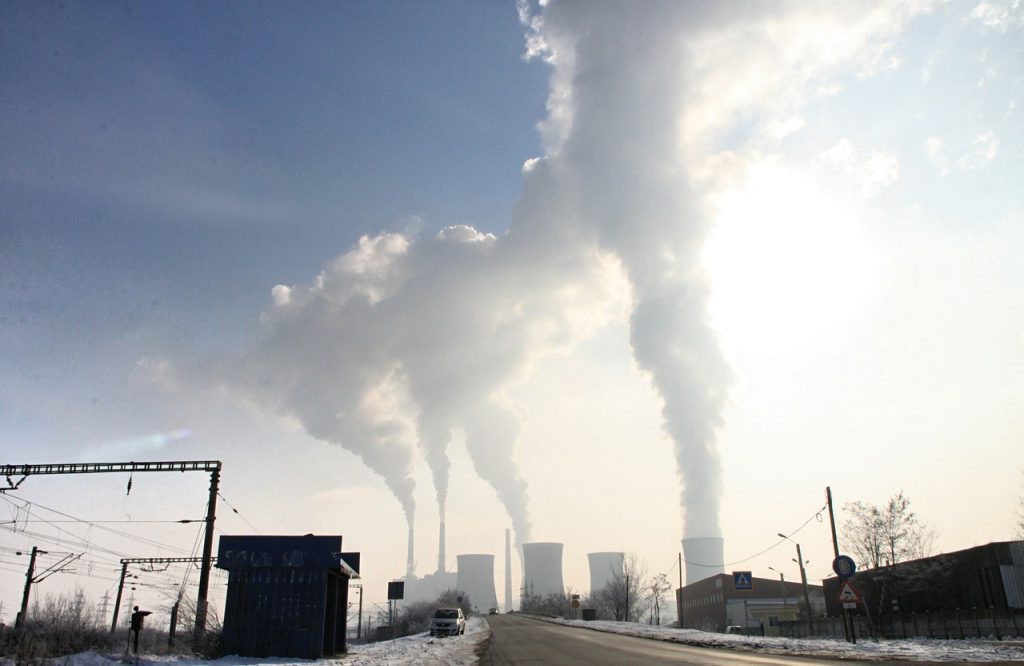The world is becoming increasingly urbanized. As of 2018, 4.2 billion people lived in cities, representing more than half the global population. By 2050, experts predict this figure will rise to 7 billion, almost equal to today’s entire population.
As more people flood into urban areas, the smart city movement has gained momentum. Smart cities, with their vast interconnected device networks, could bring many needed improvements to these growing areas. One of the most crucial of these improvements is air quality.
Air quality might not be the first smart city advantage that comes to mind, but it should be a priority. Here’s a closer look.
Current Cities Have an Air Quality Problem
While urbanization has many benefits, it also raises some environmental and health concerns. Poor air quality is one of the most prevalent of these, and it’s a growing issue as cities become increasingly dense. As of 2016, more than 80% of urban areas exceeded World Health Organization (WHO) safe air pollution limits.
As more residents move into cities, they’ll bring emissions-producing cars with them and contribute to higher energy consumption. Urban industrial centers will grow as more money enters the local economy. All of these factors combine to create increasingly high levels of harmful emissions in increasingly dense areas.
These air quality issues can damage the environment and pose health risks to residents. If cities continue to grow without changing, this problem will only grow more severe. Thankfully, smart city technology can reverse this course.
Smart City Sensors Offer an Advantage
Extensive sensor networks are a central part of the smart city concept. These interconnected sensors give smart cities an edge over traditional urban areas in improving air quality. They provide far more data about air quality trends and what influences them, guiding further actions.
Understanding air quality can be more complicated than it seems. There are many different air contaminants, and even nontoxic gases can be hazardous if they impede oxygen intake. Given this variety, it’ll take a considerable network of different sensors to provide a complete picture of a city’s air quality.
Sensors in buildings, public transportation, and on drones can reveal where pollutants are coming from and what the specific contaminants are. Data from hospitals will show how damaging the effects are, too. When all of this information comes together, it will provide a comprehensive view of city air pollution, highlighting where and how to improve.
Smart Cities Have Multiple Paths to Improve Air Quality
Smart cities’ advantages for improving air quality go beyond more comprehensive data collection, too. Air quality issues arise from multiple areas, and smart cities have just as many ways to combat them. Since there are so many ways these cities could improve their air quality, they’d be remiss not to prioritize it.
Research suggests that idling vehicles account for 1.6% to 2% of total greenhouse gas emissions in the U.S. Smart cities could reduce these emissions through their Internet of Things (IoT)-based traffic systems. Stoplights, navigation systems, and other road infrastructure would all adapt based on traffic data, creating smoother, jam-free traffic and preventing idling.
Since transportation is the largest source of greenhouse gas emissions, smoother traffic can lead to substantial air quality improvements. Smart cities’ more extensive vehicle charging and hydrogen pump networks will also encourage more zero-emissions vehicles. More people will switch to these cars out of convenience, further reducing transportation-related air quality issues.
The next-largest source of air-polluting emissions is electricity. Smart grids, which are electrical grids that adapt based on current demand levels, will help reduce energy consumption. These systems deliver electricity based on current needs, sending surplus power elsewhere on the grid and reducing energy waste.
When an entire city functions as a cohesive unit, it eliminates waste. That, combined with more sustainable energy sources, will make smart cities far cleaner than today’s urban areas.
The Cities of Tomorrow Must Prioritize Air Quality
Air quality is one of the most prominent environmental and health issues facing cities today. As these areas grow and the smart city movement gains steam, they must address this concern. It’s too hazardous an issue with too promising a solution to ignore.
Smart cities have the potential to virtually eliminate poor air quality in urban areas. With extensive sensor networks and IoT-driven infrastructure at their disposal, smart cities could make air pollution a thing of the past.
